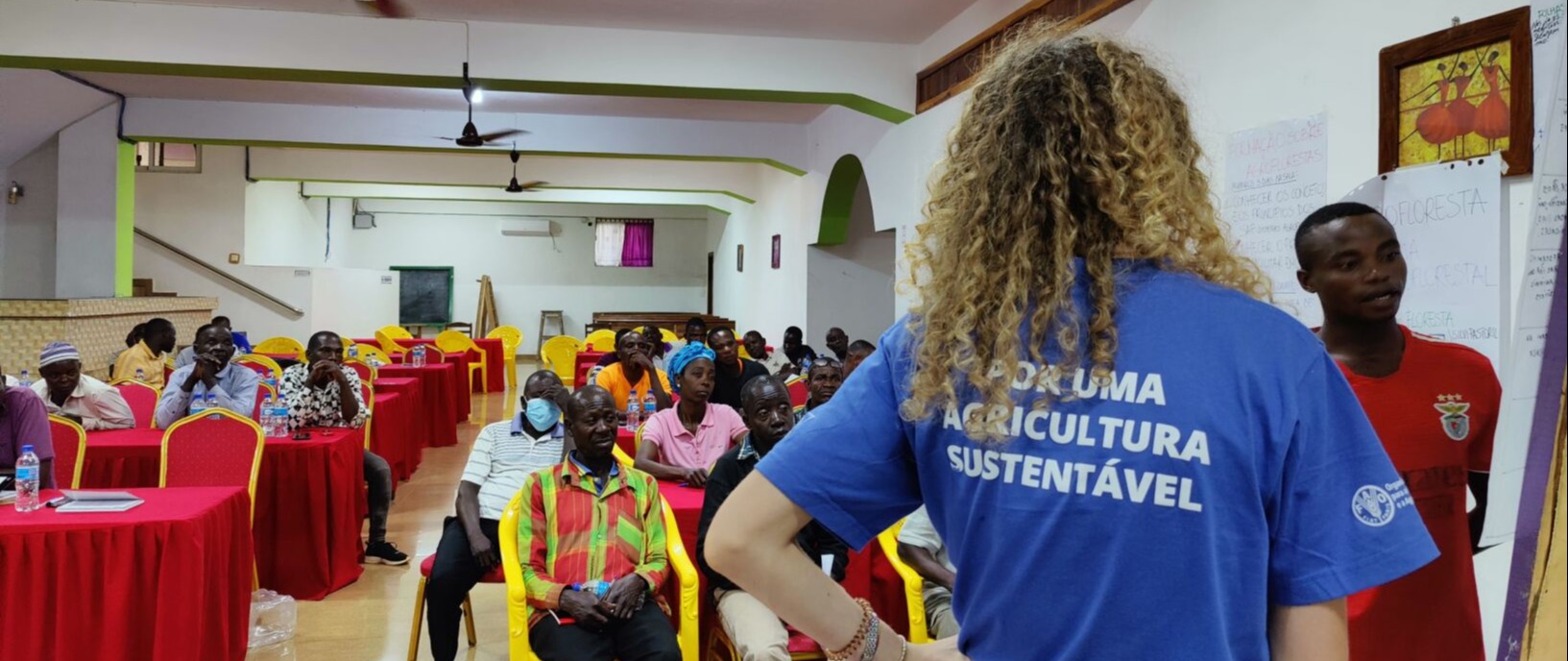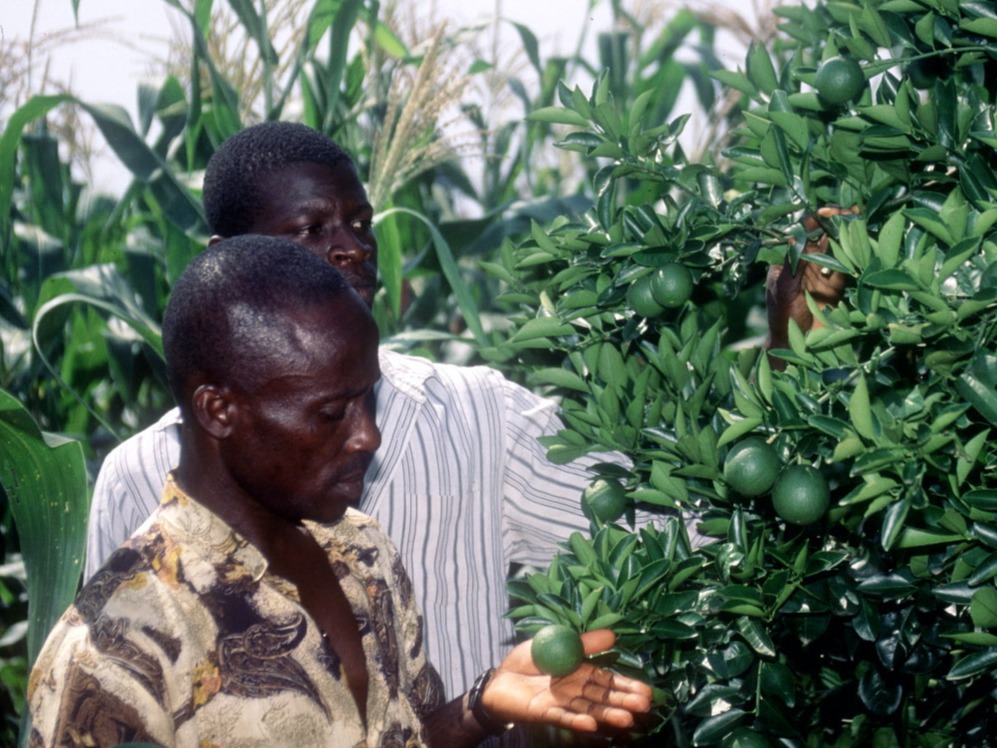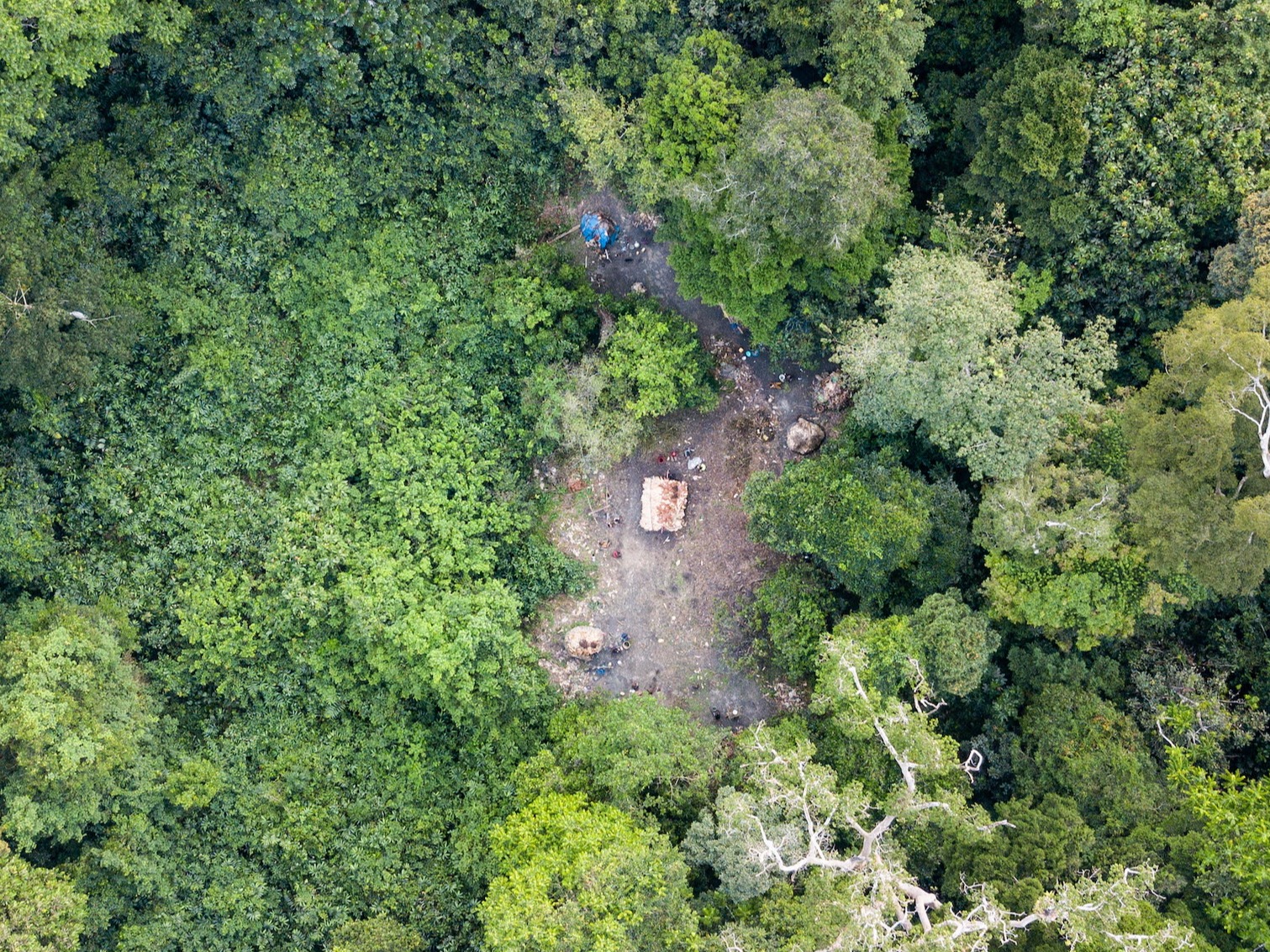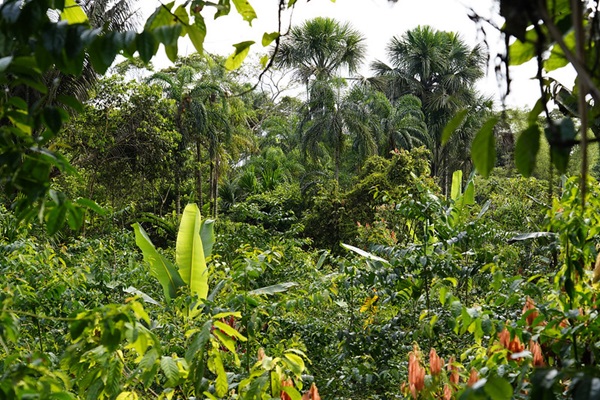
FAO's work
Agroforestry bridges FAO's expertise on agriculture and forestry, as well as other interconnected themes such as restoration, biodiversity, and climate change.
While agroforestry can be generally defined as the intentional integration of trees with crops and/or animals, this is only a broad description of land management that can comprise of a wide variety of systems and practices on the ground. FAO aims to support the diversity of agroforestry by prioritizing adaptation to local contexts, capacity development, and integrated planning, design and management.
FAO provides technical support to the implementation of agroforestry projects around the world, develops knowledge products and guidance materials, and raises awareness to ensure that agroforestry is promoted and implemented in a way that optimizes its potential for transforming agrifood systems.
Promoting agroforestry as sustainable production systems

To achieve their full potential as sustainable and transformational agrifood solutions, agroforestry systems need to be farmer-centered and economically viable. Successful agroforestry provides short, medium and long-term benefits to the farmer, as well as to communities and the environment.
Developing, maintaining and disseminating guidance on effective agroforestry design, implementation and management is at the heart of FAO's agroforestry work.
Improving agroforestry monitoring methodologies and tools

To understand whether agroforestry is successful, there is a need for improved data and monitoring. Better agroforestry data means it is possible to make informed decisions about scaling-up agroforestry, including where and how it can be best implemented to achieve multiple objectives.
FAO is developing improved methodologies, data sets and tools to provide innovative solutions to agroforestry monitoring and decision-making limitations.
Supporting national agroforestry policy and strategy development

To scale-up agroforestry and to meet national and international goals, policies and strategies are required. Transitioning to agroforestry needs enabling environments that recognize tenure, incentivize good practices, provide extension support as well as invest in agroforestry supply and value chains.
FAO supports countries in the development and implementation of such policies and strategies, providing guidance and tools that can be adapted to local contexts and needs.
Featured projects
Featured case study

The Amazonian Chakra, a traditional agroforestry system managed by Indigenous communities in Napo province, Ecuador
12/02/2024
The Amazonian Chakra, a biodiverse ancestral agroforestry system in Ecuador, is officially recognized by FAO as a Globally Important Agricultural Heritage...
